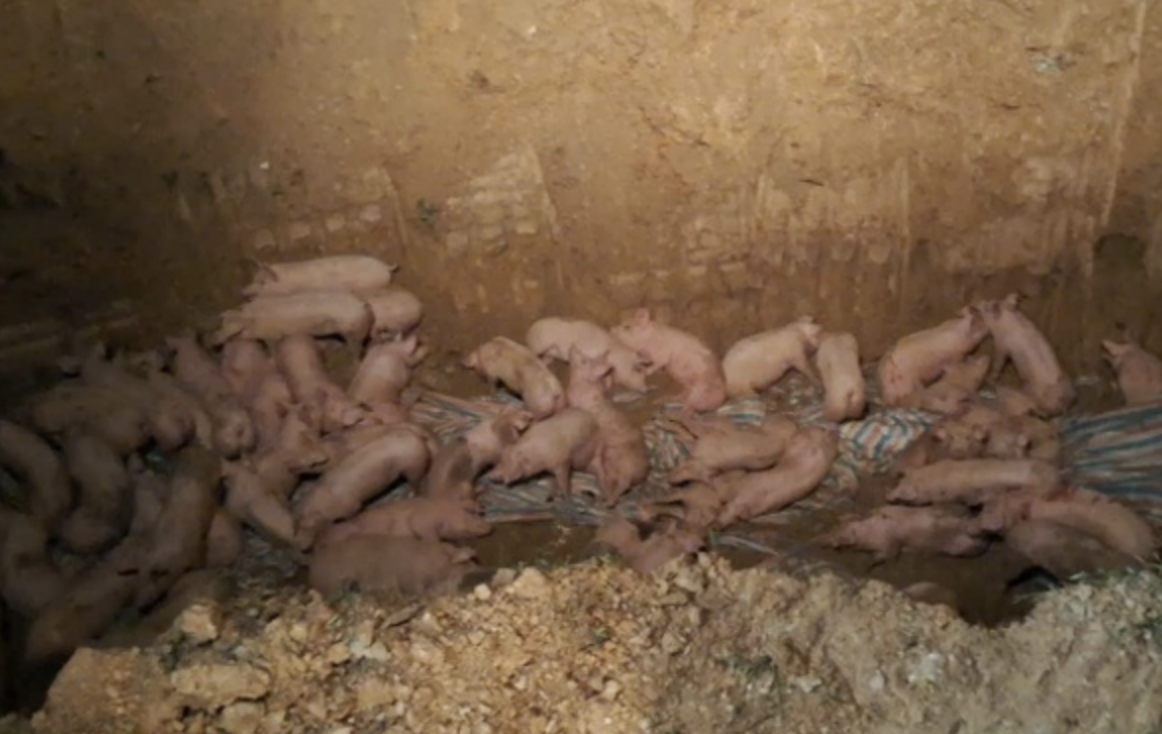According to the latest report from the Ministry of Agriculture and Rural Development, 571 African swine fever outbreaks occurred in 29 provinces and cities in July, resulting in the death or culling of 73,488 pigs. Compared to June, the number of outbreaks increased by 347 (2.54 times higher), and the number of pigs lost increased by 64,652 (8.42 times higher). This represents the highest outbreak rate so far this year.
From the beginning of the year until the end of July, the country recorded 978 outbreaks in 724 communes across 33 of 34 provinces and cities. A total of 102,755 pigs have died or been culled. This is an increase of 35,738 pigs (53.32%) compared to the same period in 2024.
The Department of Livestock Production and the Department of Animal Health reported a growing trend of African swine fever outbreaks, primarily recurring in previously affected areas and emerging in small-scale farms (averaging 50-60 pigs per outbreak) where biosecurity measures are inadequate.
 |
200 pigs in Phu Tho infected with African swine fever had to be culled. Photo: Market Management |
200 pigs in Phu Tho infected with African swine fever had to be culled. Photo: Market Management
Despite the availability of vaccines, many farmers remain complacent and do not vaccinate their livestock, some waiting for government-provided vaccines. Meanwhile, larger farms proactively vaccinate and implement strict biosecurity measures, preventing outbreaks.
Alarmingly, many farmers conceal outbreaks, failing to notify veterinary authorities or local governments when their pigs show symptoms. Instead, they sell off the infected animals or dispose of carcasses improperly, further spreading the disease.
In response, the Ministry of Agriculture and Rural Development is reviewing all relevant legal documents, from decrees to technical standards, to strengthen the legal framework for disease prevention and control.
For the remainder of the year, the Ministry will intensify disease surveillance, conduct gene sequencing for early warning of viral mutations, and guide localities and businesses in establishing disease-free zones according to Vietnamese and World Organisation for Animal Health (WOAH) standards, aiming to enable animal and animal product exports.
The Ministry also noted that while the pig farming industry faces challenges due to the complex disease situation, the poultry industry remains relatively stable thanks to effective disease control and favorable market prices. By the end of July, the national pig population increased by 2.1% and the poultry population by 3.9% compared to the same period last year.
Thi Ha












